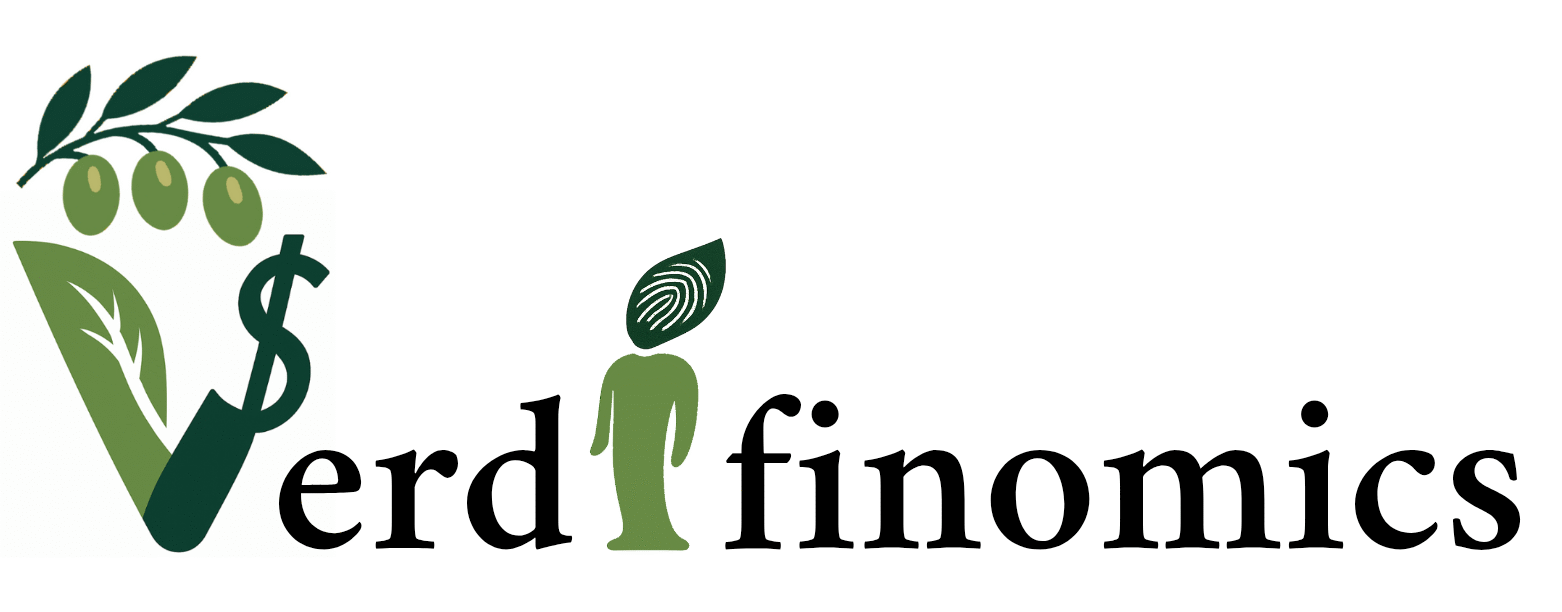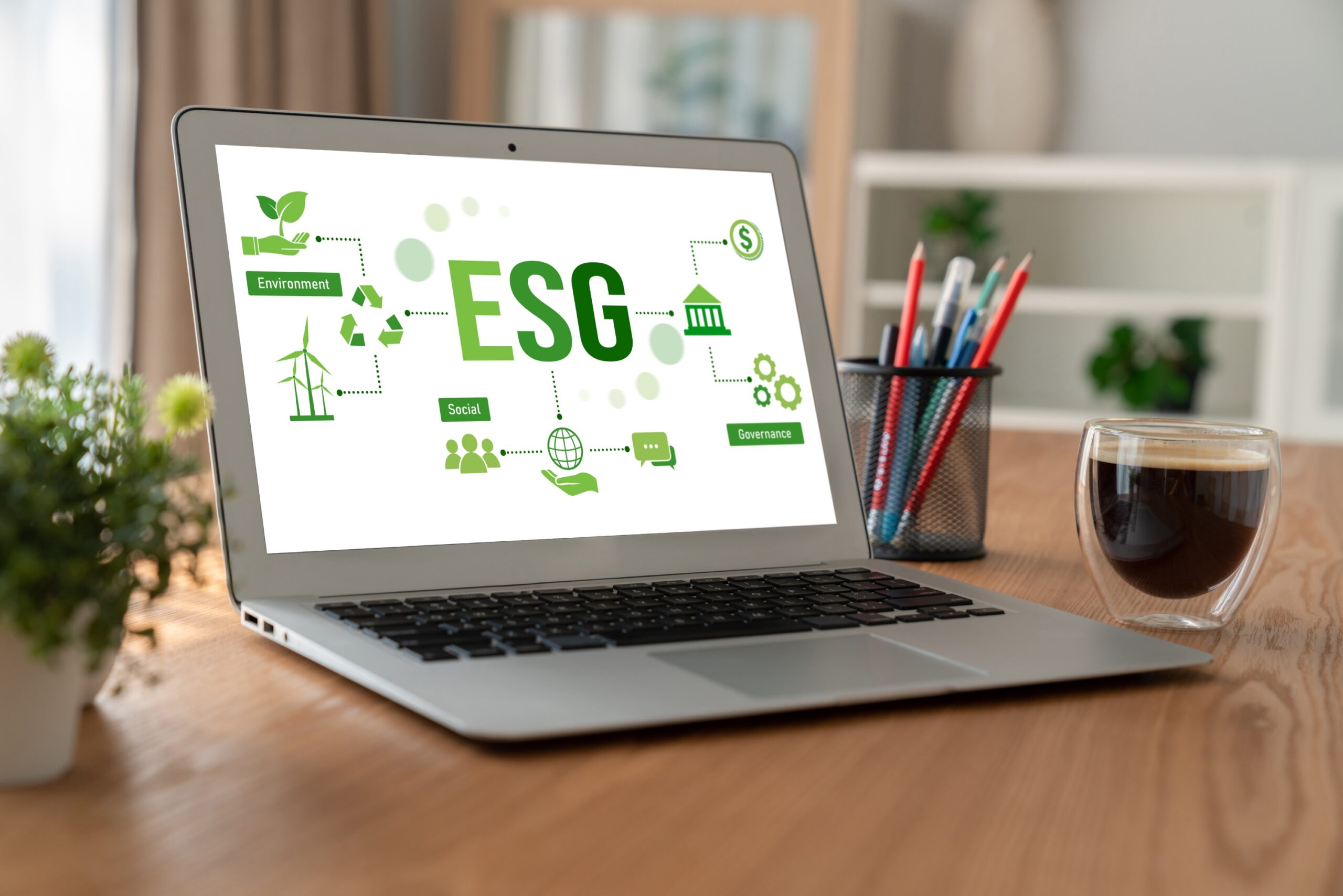For years, sustainable finance has revolved around three letters: ESG for Environmental, Social, and Governance. The ESG framework was created to help investors assess how companies manage their non-financial risks, from carbon emissions to labor rights to boardroom diversity. Although ESG investing has been able to drive positive change with corporations working really hard to prove their green credentials, in 2025, cracks are showing, with ESG rating metrics appearing to be ambiguous and lacking consistency across different sectors.
With growing skepticism, ESG has become a buzzword or a checkbox, with greenwashing practices diluting its effectiveness. It focuses almost entirely on corporate behaviour, leaving a crucial part of the sustainability equation untouched: people and households.
Verdifinomics is a new lens on sustainable finance that shifts the spotlight from boardrooms to living rooms, and from institutional investors to everyday people and households, with a focus on tackling the large-scale global challenges, such as climate change and wealth inequalities, that ESG and the current sustainable finance frameworks alone cannot address. We need broader systemic changes and solutions to address the limitations of ESG!
What ESG Got Right and What It Missed
Let’s be clear: ESG has moved the needle for years and driven some positive changes. It’s encouraged transparency, discouraged harmful practices, and pushed capital away from some of the most polluting industries.
But ESG is a top-down framework. It relies on disclosures, ratings, and often opaque frameworks. It treats sustainability as something to be managed by corporations and evaluated by fund managers.
The problem is that ESG doesn’t always reflect what’s happening on the ground:
- Many ESG ratings are inconsistent and lack transparency, caused by unstandardised measurement methods. Potential manipulation concerns mean that even a universal ESG rating system would not resolve this issue.
- Greenwashing is common, as companies learn to look good on paper without changing their impact. ESG has also significantly declined in popularity. A recent survey from McKinsey found that around 75% institutional investors do not have faith in businesses to achieve their ESG pledged, whether that is environmental sustainability, diversity or inclusion.
- ESG ignores one of the biggest sources of emissions: household consumption, which explains the failure of current green financial products and services, and the lack of transition-based products to support the households. Shockigly, over 50% of lenders have failed to offer green mortgages.
Estimates from S&P Global highlight that humanity would have to invest an average of $3.5 trillion annually over the next 30 years to support the battle against climate change. Sadly, the trillion invested through ESG investing are not delivering meaningful planetary impact. Instead, these funds are used to ensure returns for shareholders.
Over 72% of global emissions come from everyday household consumer behavior: energy use, transportation, food, housing, and more. Yet ESG rarely addresses the systems and incentives that shape how people earn, save, spend, and invest.
That’s where Verdifinomics comes in.
What Is Verdifinomics?
Verdifinomics is a new bottom-up approach to sustainable finance, starting with the provision of sustainable personal finance guidance and tools: a framework that sees individuals not just as consumers or investors, but as agents of change that need to be supported through transparent guidance and innovative financial products.
It looks beyond institutional capital to focus on how households manage money in ways that promote environmental sustainability, social wellbeing, and financial resilience. Verdifinomics isn’t about guilt-tripping people into consuming less. It’s about showing them that sustainable living and smart money habits go hand in hand.
Key focus areas of Verdifinomics include:
- Sustainable budgeting: aligning spending with environmental, social and climate values, taking into account the planet, the people and the future generations. It’s about long-term environmental and social profits over short-term gains.
- Sustainable and green banking: choosing financial providers that avoid fossil fuels, biodiversity degradation and profit through exploitative practices. Every £1 in your bank account has a carbon (or social) footprint.
- Ethical impact investing: even at a micro-level, through ETFs, pension funds, or community bonds, you can make a macro-level impact by funding revolutionary renewable energy solutions, or healthcare for disadvantaged communities,
- Low-waste lifestyles: reducing overconsumption to improve both finances and the planet. One great example is saving on single-use plastic product use, with a future global “polymer premium” (a stronger alternative to the current plastic tax in the UK, Italy and Spain), proposed during the Global Plastic Treaty, will considerably increase grocery costs.
- Debt awareness: tackling overreliance on credit-driven consumption. A lot of people don’t know that this is what caused the 2008 Global Financial Crisis, that lead to a deep recession and widespread global unemployment.
The next articles will dive deeper into these areas with specific examples and tools.
How Verdifinomics Complements and Strengthens ESG
Far from replacing ESG, Verdifinomics fills its blind spots: especially when it comes to data, accountability, and real-world widespread impact.
1. The ESG data gap:
One of the biggest challenges in ESG investing is a lack of consistent, granular data. Much of it is self-reported by corporations. But household-level engagement, from personal spending habits to preferences for sustainable brands, can serve as a powerful bottom-up data stream.
Verdifinomics enables this by encouraging individuals to track, measure, and share their sustainable financial choices. This data can support ESG efforts, improve market signals, and help companies understand what sustainable consumers really want.
For example, research from CarbonLaces highlights that Energy Performance Certificates (EPCs) overestimate carbon emissions by as much as 300%. Although EPCs will ultimately be replaced by the Home Energy Model (HEM), you can ensure that your home is fitted with a smart meter, so that banks can introduce policies to complement EPCs with smart meter data, and you can benefit from higher green mortgage cost savings. Currently, only 60% of homes have a smart meter!
2. Driving demand for real change:
ESG relies on companies responding to investor pressure. Verdifinomics brings consumer pressure into the equation. When thousands of households divest from fossil fuel-linked banks or demand more responsible investment options in their pensions, it sends a clear message to financial markets: ecological and ethical matter!
3. Scaling sustainability:
Institutional and corporate ESG can only go so far without cultural and behavioural shifts at the grassroots level. Verdifinomics helps individuals become active participants in the sustainable finance movement, not just passive beneficiaries.
The Power of Households
When we think of financial power, we tend to picture hedge funds and billionaires. But the truth is, households control trillions in wealth: from pensions and savings to consumption decisions that ripple across global supply chains.
Imagine the scale of impact if just 10% of households:
- Switched to green and ethical banks. Nordea, a Swedish bank has calculated that switching your pension pension to more sustainable providers is 27 times more effective at reducing your carbon footprint than flying less and going vegan put together.
- Redirected savings into low-carbon and high-social-impact funds, and enabled your money to save the planet enable even when you’re sleeping.
- Improving energy efficiency of their homes by installing a solar panel or a heat pump, or changing to an electric vehicles.
- Reduced food waste at home, by donating surpluses to charities, or composting it and using it as an animal feed.
- Prioritised sustainable goods and services, even small efforts like opting for low Volatile Organic Compounds (VOC) paints when decorating your home.
This isn’t hypothetical. It’s happening already, just not in a coordinated, accessible and inclusive way. Verdifinomics aims to make this movement visible, scalable, and actionable.
A Financial System That Works For People and the Planet
People should not have to choose between their wallets and their values. In fact, it shows that the most sustainable financial decisions are generally the most personally beneficial:
- Lower bills through energy and waste efficiency
- Increased tax savings and reduced fuel costs from an electric car
- Reduced financial stress through conscious and responsible spending
- Greater financial security through green and ethical investing
- A sense of alignment, purpose, and control, provided by your positive planetary impact
ESG has helped shine a spotlight on corporate sustainability. But to truly build a fair, livable, and low-carbon future, we need to widen the lens.
Verdifinomics is not a replacement for ESG – it’s the missing piece. It’s what happens when sustainable finance leaves the boardroom and enters your home, rooted in daily decisions, not distant institutions.
Because the future of sustainable finance isn’t just corporate – it’s personal.

